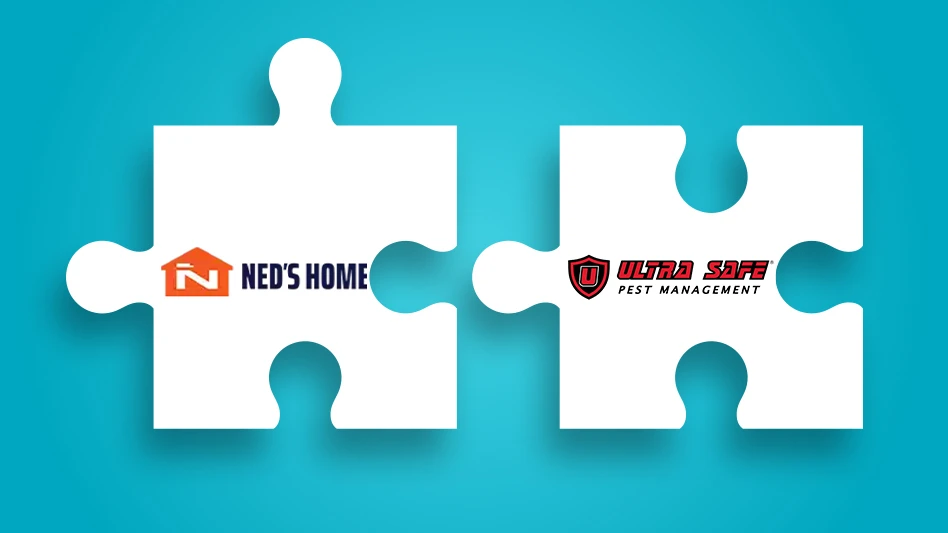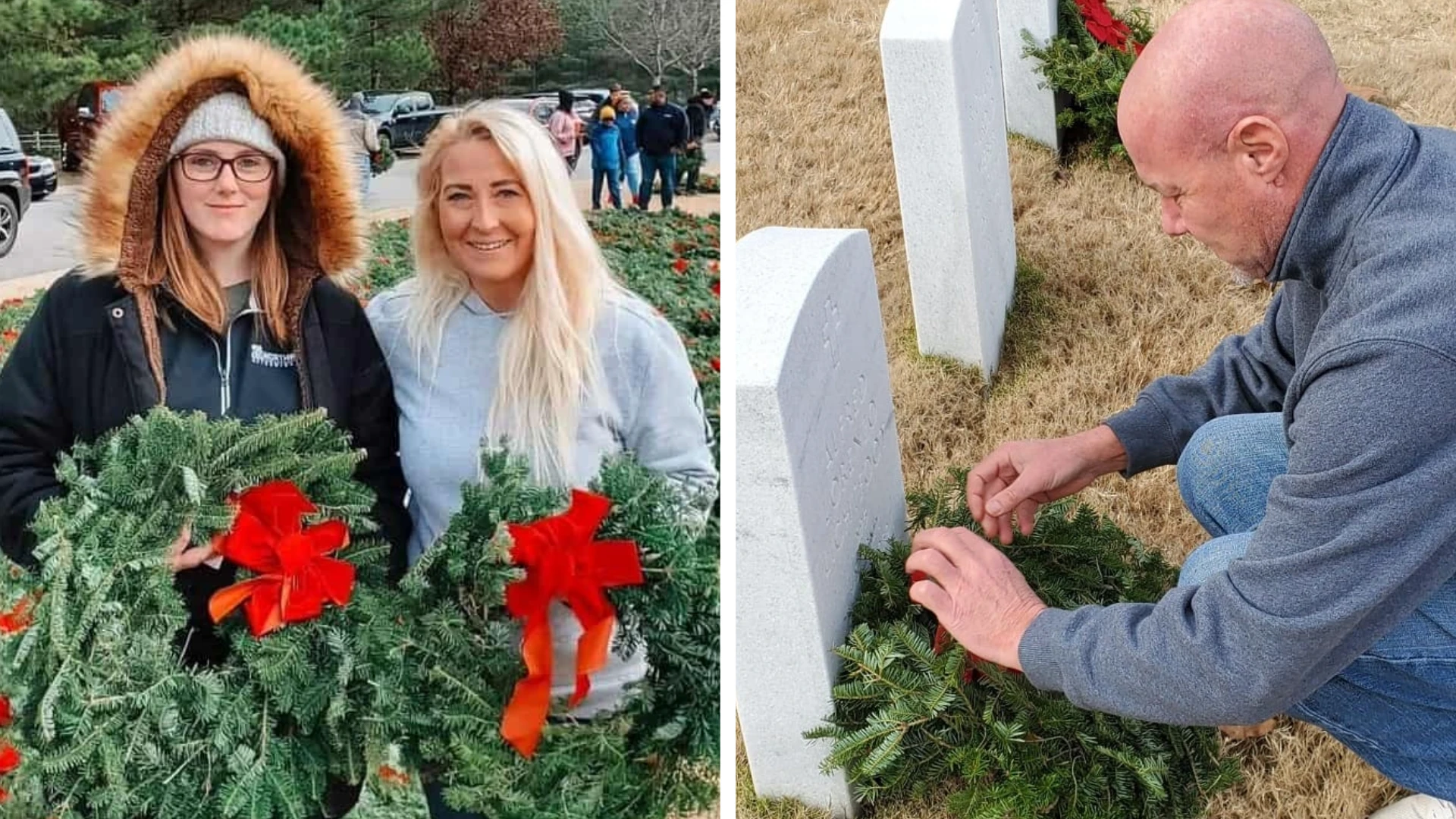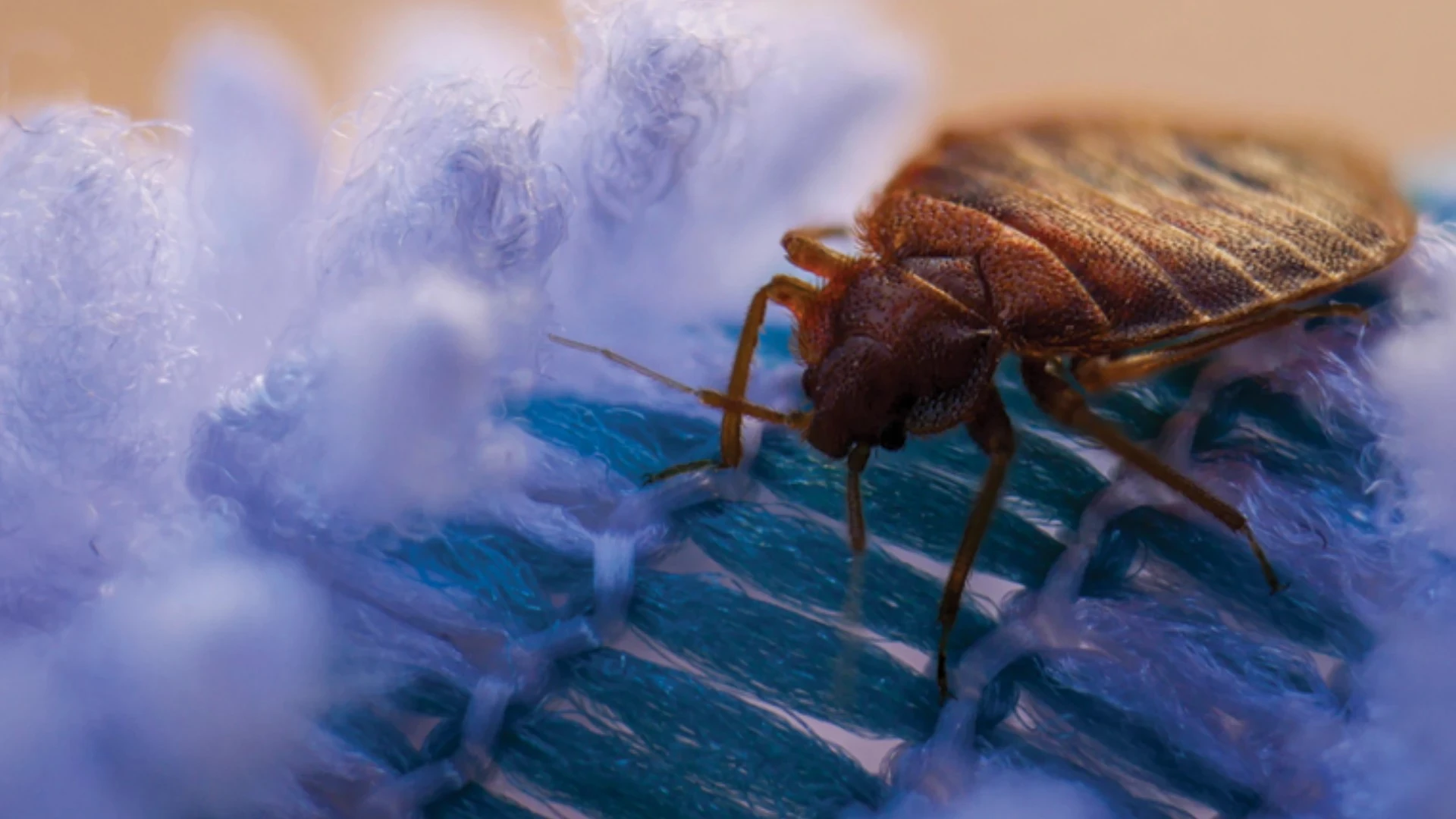Deep in the heart of Boston’s historic harbor is a magnificent stretch of wharfs filled with tourist attractions, such as waterfront hotels and restaurants, boat charters, age-old ship tours and the New England Aquarium.
But with the wharf piers providing a wet, dark atmosphere under most of the area businesses, the beautiful waterfront area — a stone’s throw from the location of the Boston Tea Party — is prone to rodent problems.
Rats, in particular, have plagued many local businesses, and for a variety of reasons. Not only are the dirty pests troublesome to reach, but they are incredibly difficult to keep out from an aging area such as this one.
In the case of downtown Boston and its harbor, much of the seawall dates back, literally, to the American Revolution. Professors at Northeastern University in Boston believe many areas of seawall have been in place since as early as 1784.
Add in 200-plus years of erosion and wear and tear, and that sea wall in many places is offering potential entry points for rats throughout the Boston harbor. In addition, there are numerous underground tunnels not listed on maps that offer rodents additional flow throughout the city, in many cases undetected in any form.
So when a landmark restaurant in the wharf district was saddled with a bad rodent problem in the fall of last year, Environmental Health Services (EHS), based in Norwood, Mass., was brought in to tackle the situation. Several PMPs already had attempted to prevent the rats from entering the restaurant, but with little or no success.
UNIQUE CHALLENGES. George Williams Jr., general manager and staff entomologist, EHS, said his company was immediately aware of the different nature of this pest control job, considering the restaurant’s location on the waterfront.
"We took over an account that had changed pest control companies several times because they weren’t able to control the rats," Williams said. "There was pressure from health agencies and nobody seemed to solve the problem." The rats were gaining access from below the restaurant and since the area is prone to rats, they had been there for a long time.
"The rats were literally running along the sea wall under the facility and they were going wherever," said Williams. The use of copper mesh wouldn’t work, since the rats could push through it, he said. Foam was also deemed to be ineffective for the situation. "The only way was to use stainless steel mesh screening and basically encapsulate the underside of the restaurant," Williams explained.
But knowing what needed to be done and then being able to do it were two different things. Williams said he and his crew have worked in some difficult settings but the multiple challenges that came with this job made it very much of a challenge.
Mother Nature played a huge role in the way EHS was able to provide its services, as did the fact that this restaurant was a public landmark.
"Two factors went into the service: the time of season and the fact that it’s a restaurant," he added. "You don’t want to work in Boston harbor when it’s winter and snowing but even though we started with temperatures in the mid 40s, being on the water made it much cooler."
The tides also produced incredible challenges, Williams said. "We were literally underneath the restaurant so when the tide worked its way out, we knew we had several hours to walk underneath the facility and perform the work we could. But then we knew that when the tide would set, we’d have to wrap up early as we needed to get equipment hauled in there."
The working conditions were unpleasant in other ways too. "You’re talking about moss, seaweed, everything imaginable under [there], and it was horrific. And in low tide you’re walking not even in sand but mud. And the tide was changing on a four-hour swing, so by the time we got the equipment down there, a lot of times it had to be loaded by rope as the sea wall was 20 feet high. Then we would lug it in under the restaurant. Many times we spent a good hour moving equipment in and out."
Being diligent with their time on a job was never more important than in this case. An extra half hour here or a miscalculation there and the job site along with their equipment and technicians would be flooded.
POPULATION STRess. Once in position to perform the services, Williams said EHS focused on exclusion as its main control strategy. Excluding social and colonized animals like rats effectively puts stress on the population. That stress causes them to do things they normally wouldn’t do, he said, and this enhances control measures. They may even relocate their population.
"If we as humans get locked out of the house, if you forgot your keys, you’ll climb through a window or find other ways to get into your home," Williams said. "They’ve created all these common ways to get into a facility as normal and safe. (But) once accepted entry points are taken away, they will attempt other ways to get in, and this increases the success of our mechanical devices. They may also go somewhere else as secondary entry points are not accepted due to neophobic behavioral traits."
Ultimately, EHS surrounded the under part of the restaurant with stainless steel mesh screening and bolted it in several areas to the pier and bolted it to the brackets holding the foundation together, creating a 100-percent impenetrable area beneath the historic eatery. The tactic, using the mesh, was one that Williams had used in another historic part of Boston.
"We were doing another rodent control job on Beacon Hill and we got called in by a health agency because across from the statehouse rodents were burrowing under the sidewalk," Williams said. "They had been under there forever and in this case we laid down stainless steel exclusion mesh fiber because the rats can’t burrow through it. Then you just place soil and plant flowers on top of the mesh and it doesn’t look like anything is there. Just by doing that, it prevents burrowing and forces them to go someplace else."
While the rats have been controlled for the first time ever at the Boston eatery, the company still performs quarterly inspections and repairs the exclusion area to ensure it remains intact. EHS Service Manager Bruce Lopes said he will never forget the unique and challenging surface this job provided. "It was very dark under there, very slippery between the mud and seaweed and mold that grow on the rocks and there’s that sea slime in complete darkness everywhere, it’s that far under the pier," Lopes said.
"We had to drill into the rock, we used a lot of drill bits, spent a lot of time making sure our logistics were accurate, and then once we had everything set, we had to anchor all the bolts and washers and make sure the stainless steel wasn’t going to pop off," he said.
And amid all the work, the enemy was always nearby, Lopes added. "You can see rats popping in and out of the walls all morning long."
The author is president of DeMask Marketing and can be reached at edemask@giemedia.com.

Explore the September 2010 Issue
Check out more from this issue and find your next story to read.
Latest from Pest Control Technology
- Rentokil Terminix Expanded in Key Markets with 2024 Acquisitions
- In Memoriam: Joe Cavender
- Certus Acquires Green Wave Pest Solutions
- Liphatech Adds Alex Blahnik to Technical Team
- Do the Right Sting: Stinging Insect Identification, Management, and Safety
- VAGA's 8th Annual Veterans Thanksgiving Appreciation Dinner
- Clark's Blair Smith on the Response to Increased Dengue Fever Cases in Southern California
- WSDA, USDA Announce Eradication of Northern Giant Hornet from U.S.





